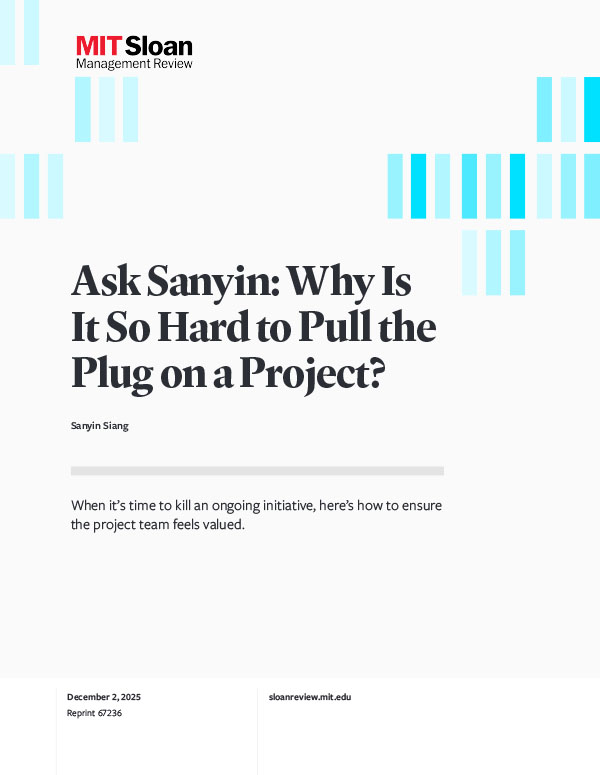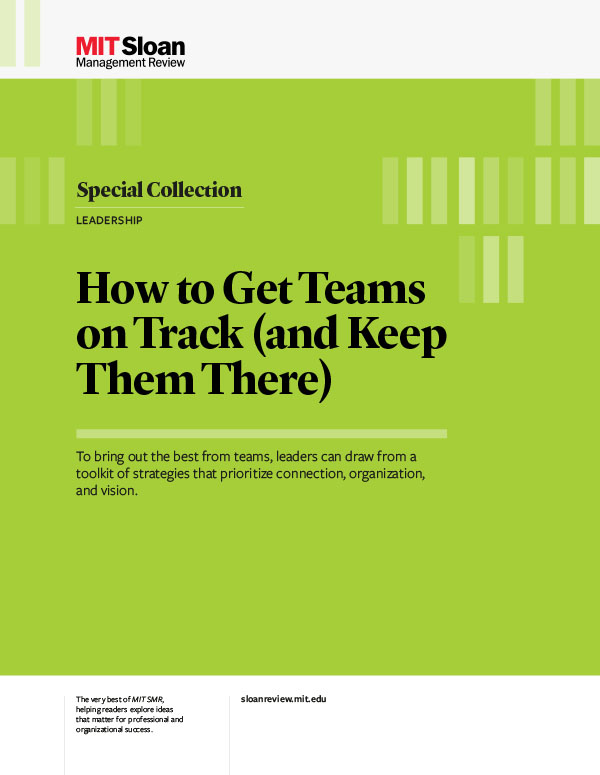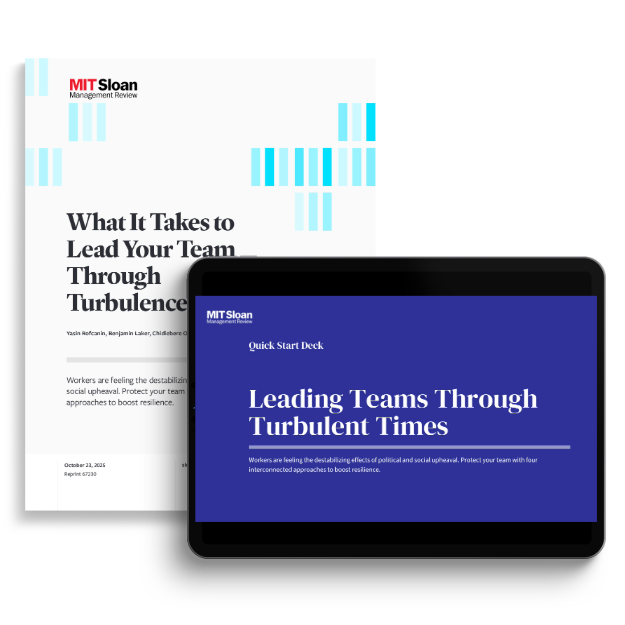Cultural norms may feel threatened as a startup business expands. Here’s how to integrate early joiners with newcomers.
Leadership
Organizations are more challenging to manage than ever — with technological advances, unprecedented uncertainty, and novel workforce demands. Learn how to lead teams and organizations through it all.
Page 1 of 47










